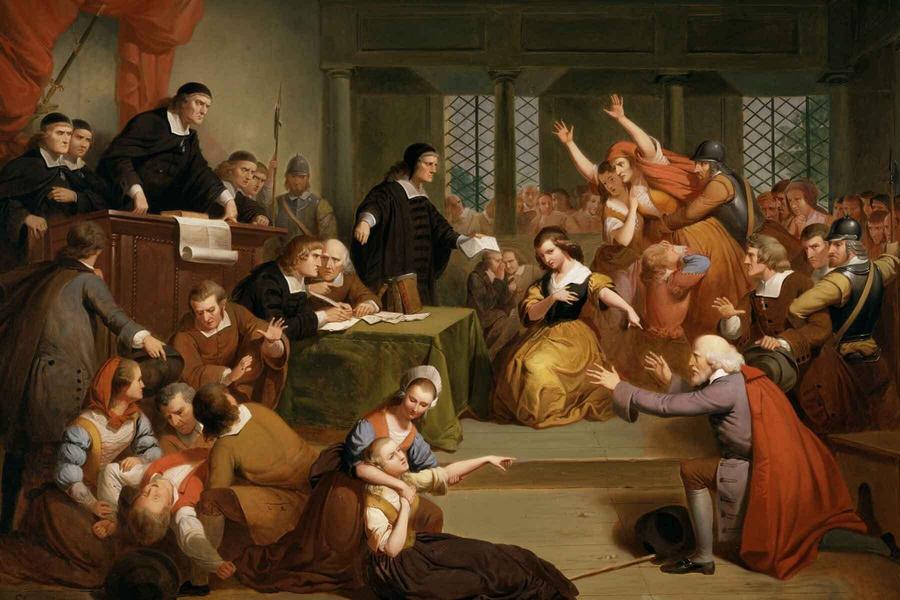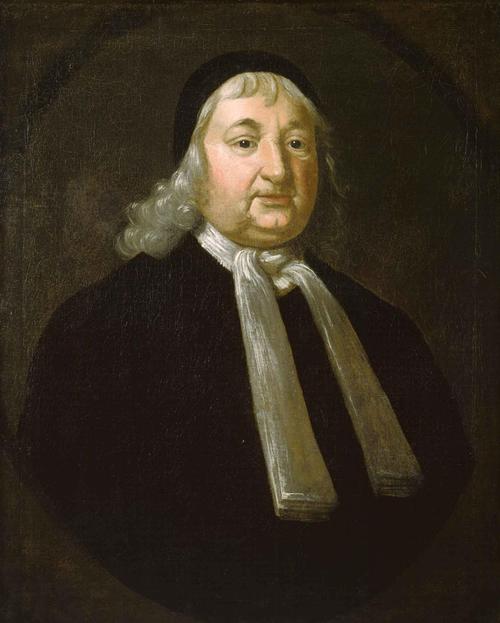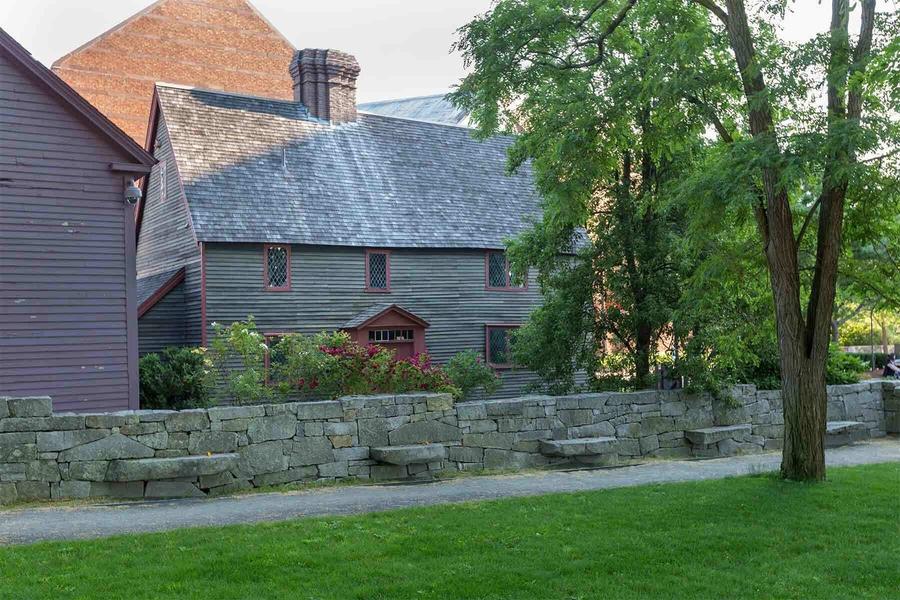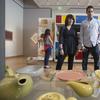Peabody Essex Museum Exhibition Reveals the Human Drama of 'The Salem Witch Trials 1692'
- SALEM, Massachusetts
- /
- November 09, 2020

This fall, the Peabody Essex Museum (PEM) debuted two exhibitions brimming with the stories, people, and objects that can only be found in Salem, Massachusetts. Through April 4, 2021, selections from the world’s largest collection of authentic Salem witch trial materials is on view for the first time in nearly three decades. The Salem Witch Trials 1692 presents rarely-exhibited documents and objects from the museum’s collection to reveal tragic, true stories told through the perspective of the accused and the accusers. Salem Stories presents 26 vignettes about what makes the city of Salem so singular and world renowned. Featuring more than 100 works from natural history specimens to cultural ephemera, this exhibition celebrates Salem’s rich and storied past and prompts visitors to help sculpt its future. Concurrent with the opening of these two exhibitions, PEM released the Peabody Essex Museum Guide (2020), the first such publication since 1946 to offer insight into the vast collection of the nation’s oldest continuously operating museum.

Salem Witch Trials
The Salem witch trials threatened the very core of the early Massachusetts Bay Colony. The extraordinary crisis involved more than 400 people and led to the deaths of 25 innocents — men, women and children — between June 1692 and March 1693. The panic grew from a society threatened by nearby war and a malfunctioning judicial system in a setting rife with religious conflict and blatant intolerance. For more than 300 years, the complex drama of the witch trials and its themes of injustice and the frailties of human nature continue to captivate and fascinate the public imagination.
“My hope is that visitors will encounter these original witch trial documents and objects and recognize that there were real people that are at the heart of this historical drama,” said Dan Lipcan, Head Librarian at PEM’s Phillips Library. “The victims of the Salem witch trials had complex emotions, fears and doubts just like we do. To empathize and understand their experience emboldens us to speak out against injustice and cruelty in our own time.”
Included in the exhibition is the death warrant for the execution of Bridget Bishop, the first of 19 people to be hanged, as well as petitions from the accused, invoices from the jail keeper, direct testimony from accusers and the physical examinations of the accused. These light-sensitive materials can only be displayed intermittently for their care. The exhibition also includes rare books that add context to the documents, including a copy of Malleus Maleficarum, a 15th-century guide to finding and executing witches that was recently acquired by PEM’s Phillips Library.
The powerful petition of Mary Esty, who was hung in the last group of murders, is written in a careful script, conveying her plea that the court have mercy on others falsely accused: “I petition to your honors, not for my own life, for I know I must die. And my appointed time is set. But the Lord, he knows it is, that if it be possible, no more innocent blood may be shed.”

Paired with the documents are personal possessions of those involved, such as a trunk that once belonged to Jonathan Corwin, the magistrate who resided at the 17th-century building in Salem that is today known as the Witch House. There are also original architectural elements from the Salem jail and an 1855 painting from PEM’s collection, Trial of George Jacobs, Sr. for Witchcraft by Tompkins Harrison Matteson, that details the pandemonium in the courtroom as the drama unfolds, as George Jacobs Sr.’s own granddaughter points an accusing finger.
The Salem witch trials have cast a long shadow. It wasn’t until 1703 that Massachusetts issued its first pardons for victims of the witch trials and the process was only completed in 2001. Shame over the atrocity became so ingrained that it took 300 years before a memorial to the victims was constructed in Salem. Today, Salem is a city that has learned from past traumas and strives to be a place of tolerance and peace.
















